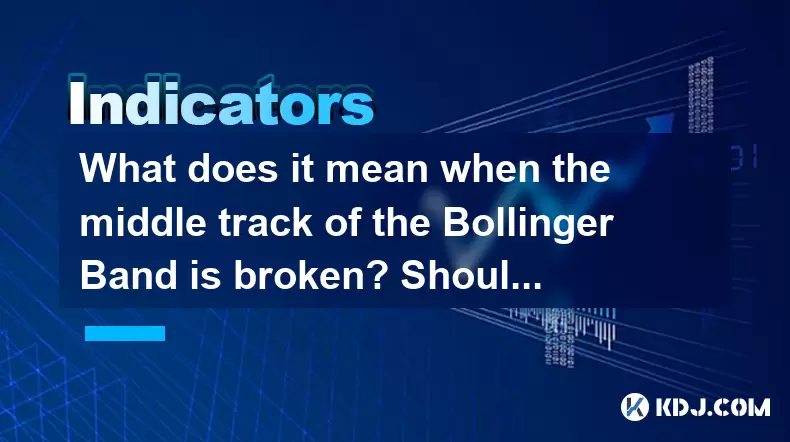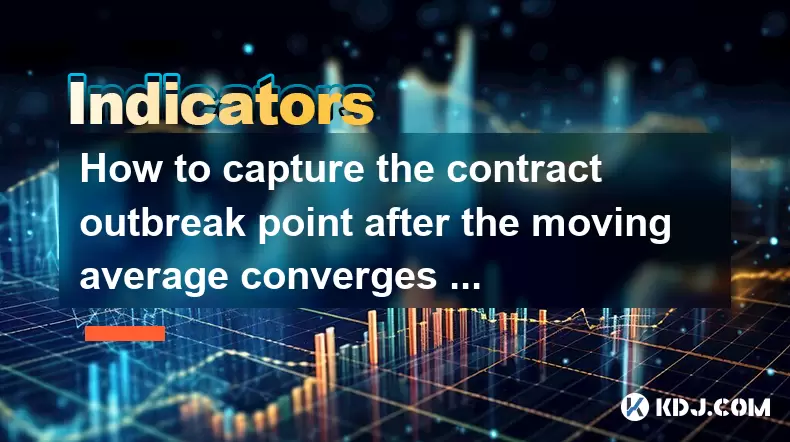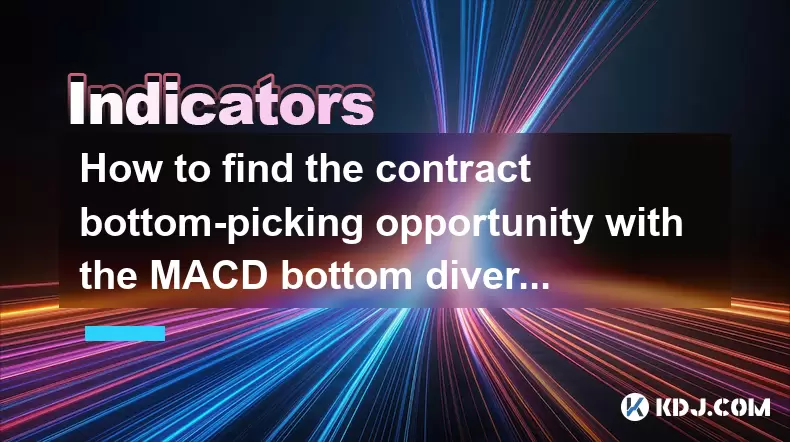-
 Bitcoin
Bitcoin $106,754.6083
1.33% -
 Ethereum
Ethereum $2,625.8249
3.80% -
 Tether USDt
Tether USDt $1.0001
-0.03% -
 XRP
XRP $2.1891
1.67% -
 BNB
BNB $654.5220
0.66% -
 Solana
Solana $156.9428
7.28% -
 USDC
USDC $0.9998
0.00% -
 Dogecoin
Dogecoin $0.1780
1.14% -
 TRON
TRON $0.2706
-0.16% -
 Cardano
Cardano $0.6470
2.77% -
 Hyperliquid
Hyperliquid $44.6467
10.24% -
 Sui
Sui $3.1128
3.86% -
 Bitcoin Cash
Bitcoin Cash $455.7646
3.00% -
 Chainlink
Chainlink $13.6858
4.08% -
 UNUS SED LEO
UNUS SED LEO $9.2682
0.21% -
 Avalanche
Avalanche $19.7433
3.79% -
 Stellar
Stellar $0.2616
1.64% -
 Toncoin
Toncoin $3.0222
2.19% -
 Shiba Inu
Shiba Inu $0.0...01220
1.49% -
 Hedera
Hedera $0.1580
2.75% -
 Litecoin
Litecoin $87.4964
2.29% -
 Polkadot
Polkadot $3.8958
3.05% -
 Ethena USDe
Ethena USDe $1.0000
-0.04% -
 Monero
Monero $317.2263
0.26% -
 Bitget Token
Bitget Token $4.5985
1.68% -
 Dai
Dai $0.9999
0.00% -
 Pepe
Pepe $0.0...01140
2.44% -
 Uniswap
Uniswap $7.6065
5.29% -
 Pi
Pi $0.6042
-2.00% -
 Aave
Aave $289.6343
6.02%
What does it mean when the middle track of the Bollinger Band is broken? Should I stop loss in the short term?
A break of the Bollinger Band's middle track often signals shifting momentum, acting as dynamic support or resistance, and may prompt traders to reassess positions based on trend context and confirmation signals.
Jun 18, 2025 at 01:08 pm

Understanding the Bollinger Band and Its Three Tracks
The Bollinger Band is a widely used technical indicator in cryptocurrency trading. It consists of three lines: the upper band, the middle track, and the lower band. The middle track is typically a 20-day simple moving average (SMA), while the upper and lower bands are set two standard deviations away from the middle line. These bands dynamically adjust based on market volatility.
When price action interacts with these bands, it can signal potential trend reversals or continuations. One critical moment traders watch is when the price breaks through the middle track, especially after being near either the upper or lower boundary. This could suggest a shift in momentum and may require immediate attention.
What Does a Break of the Middle Track Signify?
A break of the middle track of the Bollinger Band often indicates a change in market sentiment. In a trending market, this break might be part of a continuation pattern. However, during sideways or consolidation phases, such a move could point to an upcoming breakout or reversal.
For example, if the price has been hugging the upper band and then drops below the middle track, it might suggest weakening bullish pressure. Conversely, if the price has been close to the lower band and suddenly rises above the middle line, it may indicate increasing buying interest.
In both scenarios, the middle track acts as a dynamic support or resistance level, and its violation can serve as a trigger for traders to reassess their positions.
How to Confirm Whether the Break Is Significant
Not every break of the middle track leads to a meaningful price movement. Therefore, confirmation is essential before taking any action. Traders should look at:
- Candlestick patterns: A strong bearish or bullish candle closing beyond the middle track increases the probability of a valid move.
- Volume levels: A surge in volume accompanying the break supports the strength of the move.
- Other indicators: Using tools like RSI or MACD can help validate whether the trend is reversing or continuing.
If the price quickly returns to the area between the middle track and one of the outer bands, it may have been a false breakout. However, if the price sustains itself on the other side of the middle line, it may warrant further analysis and possibly a position adjustment.
Should You Stop Loss in the Short Term After a Middle Track Break?
This depends heavily on your trading strategy and current position. If you're holding a long position and the price breaks below the middle track after being near the upper band, it could be a warning sign. Similarly, if you're short and the price moves above the middle line after touching the lower band, it might indicate that the downtrend is losing steam.
Traders who rely on Bollinger Bands for mean reversion strategies may interpret a break of the middle track as a signal to exit or tighten stop loss. Those following a trend-following approach might wait for more confirmation before making adjustments.
Some key considerations include:
- Position size: Larger positions may necessitate quicker exits or tighter stops.
- Market conditions: High volatility or news events can cause temporary false signals.
- Timeframe: Short-term traders (e.g., scalpers) may act faster than swing traders.
Practical Steps to React to a Middle Track Break
Here's a practical guide on how to react when the middle track of the Bollinger Band is broken:
- Identify the direction of the break: Determine whether the price moved above or below the middle track.
- Assess the context: Was the price previously near the upper or lower band? What was the trend?
- Check for confirmation signals: Look at volume, candlesticks, and other technical indicators.
- Review your open positions: Are you long or short? How much risk are you currently exposed to?
- Adjust your stop loss accordingly: If the break suggests a reversal, consider tightening your stop or partially exiting.
- Monitor price behavior post-break: If the price continues moving away from the middle track, it may confirm a new trend phase.
By following these steps, traders can make informed decisions rather than reacting emotionally to short-term fluctuations.
Frequently Asked Questions
Q1: Can the middle track of the Bollinger Band act as support or resistance?
Yes, the middle track often serves as a dynamic support or resistance level, especially during trending markets. When the price approaches this line after moving away from an outer band, it can bounce off or break through depending on momentum and volume.
Q2: Is a single candlestick breaking the middle track enough to justify a trade change?
Not necessarily. A single candlestick breaking the middle track doesn't guarantee a trend reversal. Traders should look for follow-through in the next few candles and cross-check with other indicators before altering their positions.
Q3: How does time frame affect the reliability of the middle track break?
Shorter time frames (like 5-minute or 15-minute charts) tend to produce more false signals due to increased noise. On longer time frames (such as 1-hour or daily charts), breaks of the middle track are generally more reliable and carry more weight in decision-making.
Q4: Should I use Bollinger Bands alone or combine them with other indicators?
While Bollinger Bands provide valuable insights into volatility and potential reversals, they work best when combined with other tools like RSI, MACD, or volume indicators. Using multiple indicators helps filter out false signals and improves trade accuracy.
Disclaimer:info@kdj.com
The information provided is not trading advice. kdj.com does not assume any responsibility for any investments made based on the information provided in this article. Cryptocurrencies are highly volatile and it is highly recommended that you invest with caution after thorough research!
If you believe that the content used on this website infringes your copyright, please contact us immediately (info@kdj.com) and we will delete it promptly.
- Cryptocurrency Regulation in the Democratic Republic of Congo: A Balancing Act
- 2025-06-19 17:05:12
- Circle, Stablecoin, and Rally: A New York Minute on Crypto's Latest Boom
- 2025-06-19 16:25:13
- Gold Smuggling, Indictment, and Lawyers: A New York Minute
- 2025-06-19 16:25:13
- Neo Pepe Coin: The Next Big Meme Coin Presale?
- 2025-06-19 16:45:12
- Cardano (ADA) Price Drop: Dip or Something More?
- 2025-06-19 17:05:12
- Blocksense: Powering Permissionless and Verifiable Infrastructure
- 2025-06-19 16:45:12
Related knowledge

How does the long lower shadow of the K line indicate the formation of the bottom of the contract?
Jun 19,2025 at 05:00am
Understanding the Long Lower Shadow in K-Line AnalysisIn cryptocurrency trading, K-line analysis plays a pivotal role in determining market sentiment and potential price reversals. A long lower shadow, also known as a long wick, is one of the most telling candlestick patterns that traders look for when assessing whether a bottom might be forming in a co...

How to capture the contract outbreak point after the moving average converges and diverges?
Jun 19,2025 at 02:07pm
Understanding Moving Average Convergence and Divergence in Crypto TradingIn cryptocurrency trading, moving averages are among the most widely used technical indicators. The concept of convergence and divergence refers to how different moving averages align or separate over time. When short-term and long-term moving averages come together (converge), it ...

How to find the contract bottom-picking opportunity with the MACD bottom divergence?
Jun 19,2025 at 02:28pm
Understanding MACD Bottom Divergence in Cryptocurrency TradingMACD (Moving Average Convergence Divergence) is a widely used technical analysis tool that helps traders identify potential reversals in price trends. Bottom divergence, specifically, occurs when the price of an asset makes a new low, but the MACD indicator does not confirm this by making a c...

How to use the DEMARK indicator to predict the high and low points of the contract?
Jun 19,2025 at 04:21am
What Is the DEMARK Indicator?The DEMARK indicator is a technical analysis tool developed by Tom DeMark, aimed at identifying price exhaustion points in financial markets. It helps traders anticipate potential reversal zones, especially in volatile environments such as cryptocurrency contracts. The indicator works by detecting specific patterns and seque...

Why does the contract sometimes not fall after the moving average crosses?
Jun 18,2025 at 08:50pm
Understanding Moving Averages in Cryptocurrency TradingIn the realm of cryptocurrency trading, moving averages are among the most widely used technical indicators. They help traders identify potential trends by smoothing out price data over a specified period. The two primary types are the Simple Moving Average (SMA) and the Exponential Moving Average (...

How to predict the acceleration of contract market by the change of moving average slope?
Jun 18,2025 at 05:43pm
Understanding the Moving Average in Cryptocurrency TradingIn cryptocurrency trading, moving average (MA) is a fundamental technical indicator used to analyze price trends. It smooths out price data over a specific period, helping traders identify potential trend directions and momentum shifts. The slope of a moving average line reflects how quickly pric...

How does the long lower shadow of the K line indicate the formation of the bottom of the contract?
Jun 19,2025 at 05:00am
Understanding the Long Lower Shadow in K-Line AnalysisIn cryptocurrency trading, K-line analysis plays a pivotal role in determining market sentiment and potential price reversals. A long lower shadow, also known as a long wick, is one of the most telling candlestick patterns that traders look for when assessing whether a bottom might be forming in a co...

How to capture the contract outbreak point after the moving average converges and diverges?
Jun 19,2025 at 02:07pm
Understanding Moving Average Convergence and Divergence in Crypto TradingIn cryptocurrency trading, moving averages are among the most widely used technical indicators. The concept of convergence and divergence refers to how different moving averages align or separate over time. When short-term and long-term moving averages come together (converge), it ...

How to find the contract bottom-picking opportunity with the MACD bottom divergence?
Jun 19,2025 at 02:28pm
Understanding MACD Bottom Divergence in Cryptocurrency TradingMACD (Moving Average Convergence Divergence) is a widely used technical analysis tool that helps traders identify potential reversals in price trends. Bottom divergence, specifically, occurs when the price of an asset makes a new low, but the MACD indicator does not confirm this by making a c...

How to use the DEMARK indicator to predict the high and low points of the contract?
Jun 19,2025 at 04:21am
What Is the DEMARK Indicator?The DEMARK indicator is a technical analysis tool developed by Tom DeMark, aimed at identifying price exhaustion points in financial markets. It helps traders anticipate potential reversal zones, especially in volatile environments such as cryptocurrency contracts. The indicator works by detecting specific patterns and seque...

Why does the contract sometimes not fall after the moving average crosses?
Jun 18,2025 at 08:50pm
Understanding Moving Averages in Cryptocurrency TradingIn the realm of cryptocurrency trading, moving averages are among the most widely used technical indicators. They help traders identify potential trends by smoothing out price data over a specified period. The two primary types are the Simple Moving Average (SMA) and the Exponential Moving Average (...

How to predict the acceleration of contract market by the change of moving average slope?
Jun 18,2025 at 05:43pm
Understanding the Moving Average in Cryptocurrency TradingIn cryptocurrency trading, moving average (MA) is a fundamental technical indicator used to analyze price trends. It smooths out price data over a specific period, helping traders identify potential trend directions and momentum shifts. The slope of a moving average line reflects how quickly pric...
See all articles

























































































